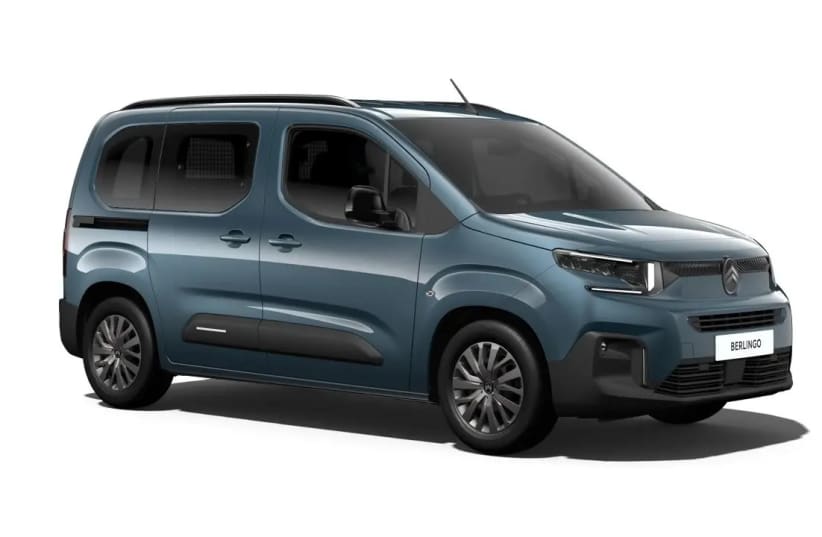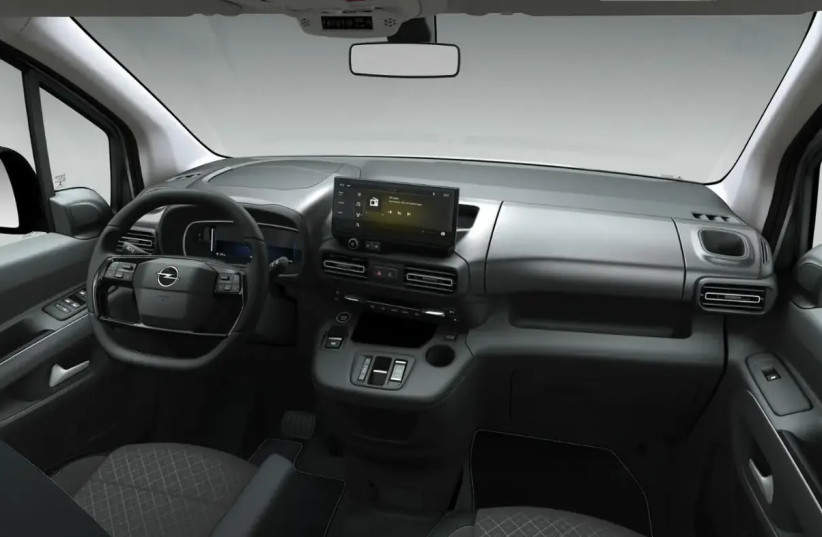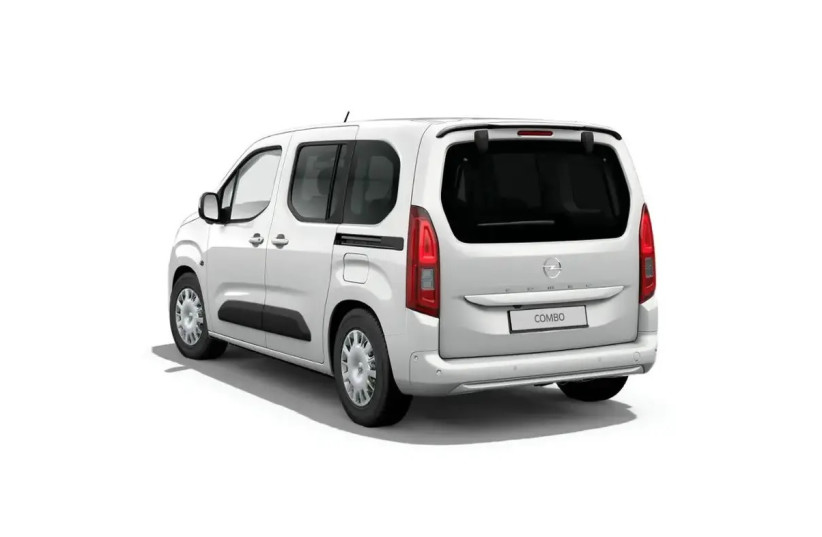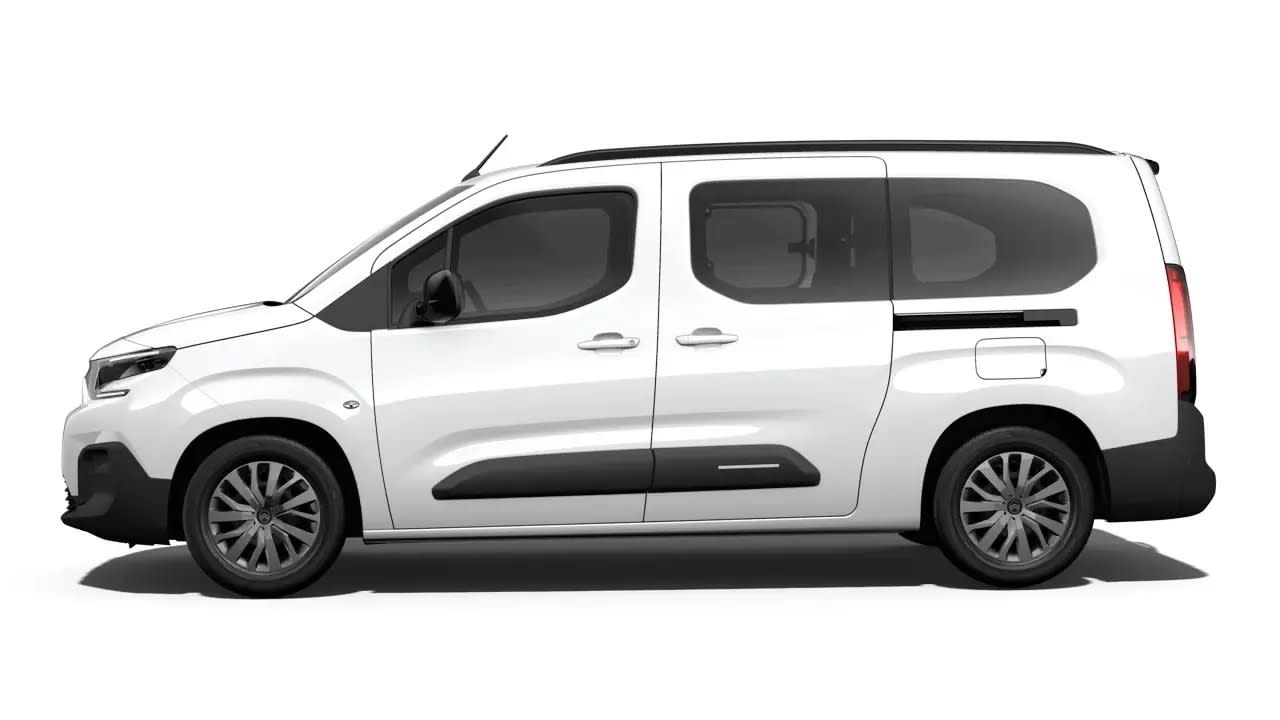With more than 34,000 units of Citroen Berlingo still traveling on the roads (out of 75,500 units sold here since 1996), which is about 3 times more than the competing Kangoo, it is clear why the Berlingo has become a generic name for vans. And as the current generation is already five years old, it's time to refresh Citroen's top-selling model to the delight of technicians, service personnel, and dealers there.
Alongside the Berlingo, the updated version of its twin sibling from Opel (both manufacturers belong to the parent company Stellantis) is also coming to Israel - the Combo, which is less popular. In both models, the changes are very similar - a new front that aligns with the brand's look, changes in the passenger compartment, improvements in the equipment list, and of course, an increase in prices.
Both now have a new front, in Opel it's the "vizor" grille that seals from the front, and in Citroen, a new brand logo on the square front with new LED lighting. In the passenger compartments, there is a digital dashboard measuring 10 inches and a multimedia screen of the same size (8 inches previously). Both have wireless Apple CarPlay and Android Auto connectivity. In the Combo, there is keyless entry and start, foldable mirrors, and a separately opening rear window from the cargo compartment door. Both have a new steering wheel, a pair of USB C ports, and they have replaced the stick shift with buttons and an automatic parking brake.
The advanced safety systems include lane departure correction, automatic braking, and integrated speed camera detection in the cruise control. In the Opel, it will also be possible to receive the combo with an alert for a "dead zone" vehicle in the 7-seater version.
Both models have the same engine, a 1.5-liter turbo diesel with 130 horsepower and 31.3 kg/m connected to an 8-speed automatic transmission. The Berlingo has slightly higher loading capacity (725 or 877 kg depending on the version in the Berlingo, 629 or 725 in the combo), while the Opel can tow a higher weight in a trailer with brakes (1,000 and 1,100 kg in the Berlingo and 1,100 and 1,300 kg in the combo).
Both models will be available in two vehicle lengths, with the shorter one being 4.4 meters long and a wheelbase of 279 cm with 5 seats, and the longer one being 4.75 meters long with a wheelbase of 298 cm offering 7 seats. Both versions have a cargo volume of 775 liters in the short version and 209 liters in the long version with all seats in use. The Berlingo will later introduce the MAXI version, a cargo version that utilizes the longer vehicle but without rear seats behind the front two.
Following the policy allowing each manufacturer in the group to determine their warranty period, as in previous marketing years, Opel will offer a longer warranty period of 4 years or 120,000 km compared to 3 years and 100,000 km in the Berlingo. The prices of both models are the same, with an increase compared to the previous generation, starting at NIS 175,000 for the 5-seater version and NIS 190,000 for the 7-seater version. An increase of 3,000 and NIS 1,000 respectively. The future MAXI version is priced at NIS 183,000.



